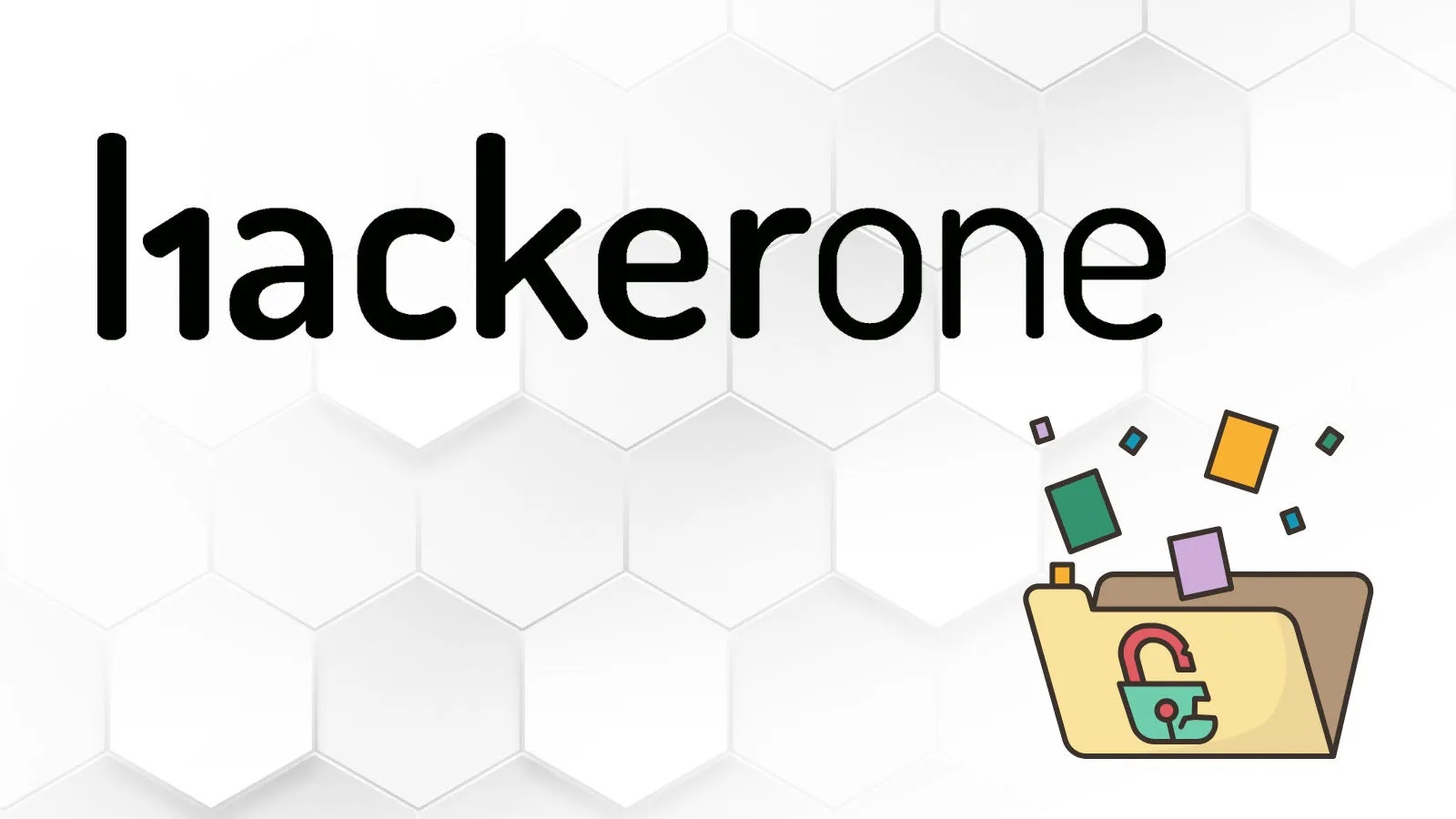
HackerOne Confirms Data Breach – Hackers Gained Unauthorized Access To Salesforce Instance
The digital landscape is a constant battleground, and even the most vigilant organizations can fall victim to sophisticated attacks. The recent confirmation from HackerOne regarding unauthorized access to its Salesforce instance serves as a stark reminder that no company, regardless of its security posture, is immune. This incident, tracing back to a compromised third-party application, underscores the pervasive risks associated with supply chain vulnerabilities and the critical need for robust vendor security assessments.
HackerOne’s Commitment to Transparency: “Default to Disclosure”
HackerOne, a leading bug bounty platform, has consistently championed transparency in security incidents. True to its core value of “Default to Disclosure,” the company quickly announced the security breach, providing essential details about the compromise. This proactive communication builds trust within the cybersecurity community and offers valuable lessons for other organizations facing similar challenges.
The Salesforce Breach: A Third-Party Compromise
The unauthorized access to HackerOne’s Salesforce instance was not a direct breach of HackerOne’s primary systems. Instead, the attackers exploited a vulnerability or compromise within a third-party application known as Drift. Drift, which is owned by Salesloft, served as the entry point, highlighting a common attack vector: the supply chain. Organizations increasingly rely on a complex ecosystem of third-party vendors and applications, each representing a potential point of failure if not adequately secured.
Understanding Supply Chain Attacks in Cybersecurity
A supply chain attack, in the context of cybersecurity, is a type of cyberattack that targets an organization by compromising less secure elements in its supply chain. This can include third-party software vendors, hardware manufacturers, or service providers. Once a component in the supply chain is compromised, attackers can leverage that access to infiltrate the intended target. The HackerOne incident exemplifies how a vulnerability in a seemingly peripheral application like Drift can lead to unauthorized access to critical data within a primary system like Salesforce.
Impact and Implications for Data Security
While HackerOne has not publicly detailed the specific data accessed, an unauthorized breach of a Salesforce instance typically raises concerns about customer relationship management (CRM) data. This can include sensitive information such as contact details, communication logs, and potentially even financial data, depending on the Salesforce configuration. Such breaches can lead to:
- Data Exfiltration: Sensitive data being stolen and potentially sold on the dark web.
- Reputational Damage: A loss of trust from customers and partners.
- Regulatory Penalties: Fines and legal consequences under data privacy regulations like GDPR or CCPA.
- Further Attacks: The compromised data being used for phishing, social engineering, or other sophisticated attacks against affected individuals or organizations.
Remediation Actions and Best Practices for Organizations
The HackerOne incident offers critical insights for organizations looking to bolster their defenses against similar supply chain attacks. Proactive measures and swift remediation are paramount:
- Comprehensive Vendor Security Assessments: Implement rigorous security assessments for all third-party vendors and applications. This should include security audits, penetration testing, and regular reviews of their security posture.
- Least Privilege Principle: Ensure that third-party applications and integrations only have the minimum necessary permissions to perform their functions.
- Multi-Factor Authentication (MFA): Enforce strong MFA for all user accounts, especially for access to critical systems like Salesforce.
- Regular Security Audits and Penetration Testing: Conduct frequent internal and external security audits and penetration tests of your systems and applications to identify and address vulnerabilities proactively.
- Incident Response Plan: Develop and regularly test a comprehensive incident response plan. This plan should outline clear steps for detection, containment, eradication, recovery, and post-incident analysis.
- Security Information and Event Management (SIEM): Deploy and effectively utilize SIEM solutions to monitor logs for suspicious activities and anomalies across all connected systems, including third-party integrations.
- Employee Security Awareness Training: Educate employees about phishing, social engineering, and the importance of reporting suspicious activities.
Tools for Enhancing Supply Chain Security and Detecting Breaches
Implementing various security tools can significantly enhance an organization’s ability to monitor, detect, and respond to supply chain vulnerabilities and breaches:
| Tool Name | Purpose | Link |
|---|---|---|
| Tenable.io (or similar Vulnerability Management) | Vulnerability scanning and management across IT assets, including web applications. | https://www.tenable.com/products/tenable-io |
| Rapid7 InsightVM (or similar VM) | Comprehensive vulnerability management and risk assessment. | https://www.rapid7.com/products/insightvm/ |
| Splunk (or similar SIEM) | Security Information and Event Management for centralized log analysis and threat detection. | https://www.splunk.com/en_us/products/splunk-enterprise-security.html |
| Palo Alto Networks Prisma Cloud (for Cloud Security Posture Management – CSPM) | Cloud security posture management, identifying misconfigurations and vulnerabilities in cloud environments, including Salesforce integrations. | https://www.paloaltonetworks.com/cloud-security/prisma-cloud |
| Drift Security Information (for affected application) | Review security documentation for specific third-party applications like Drift. | https://www.drift.com/security/ |
Looking Ahead: The Evolving Threat Landscape
The HackerOne incident underscores a critical truth in cybersecurity: the perimeter is no longer just your own network. It extends to every third-party application, vendor, and service provider you integrate with. Organizations must adopt a holistic security strategy that accounts for these extended attack surfaces. Continuous monitoring, rigorous third-party risk management, and a commitment to transparency remain essential in navigating the increasingly complex and interconnected digital world.





